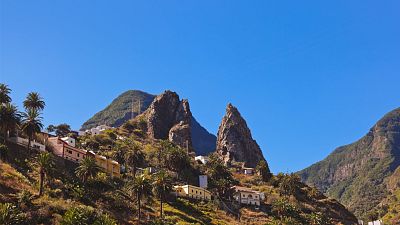This remote part of the Canary Islands is perfect for rainforest hiking

I was probably driving a little too fast when the traffic lights turned red. It was the first straight stretch of tarmac I had seen for a while, having just spent the last forty-five minutes cautiously navigating a series of nerve-jangling hairpin bends that would fit right in at the Monaco Grand Prix.
After being halted a further three times it eventually clicked that these lights dotted around La Gomera, the second smallest Canary Island, are not there to manage traffic flow, and they aren’t used to let people cross the road either. They’re there to remind you to slow down.
Welcome to one of the Canary Islands’ most remote isles
Like the other islands in this archipelago, La Gomera is a beautiful result of ancient volcanic activity. It does, however, remain a far cry from its lively neighbour Tenerife – an isle with one million residents famed for its nightlife and sprawling resorts – mostly owing to its modernly-chaotic deep ravines (known locally as “barrancos”) and valleys which were adapted for agricultural purposes. Just 20,000 people call this island – which is around 22km in diameter – their home.
La Gomera’s topography is so difficult to traverse that the inhabitants even developed their own whistling language: Silbo Gomero. The idea was that the locals (namely farmers) would have been able to communicate important messages between themselves, even if they were several kilometres apart. Whistling reverberated off the island’s deep gorges and travelled much further than shouting
Richard Franks www.euronews.com
